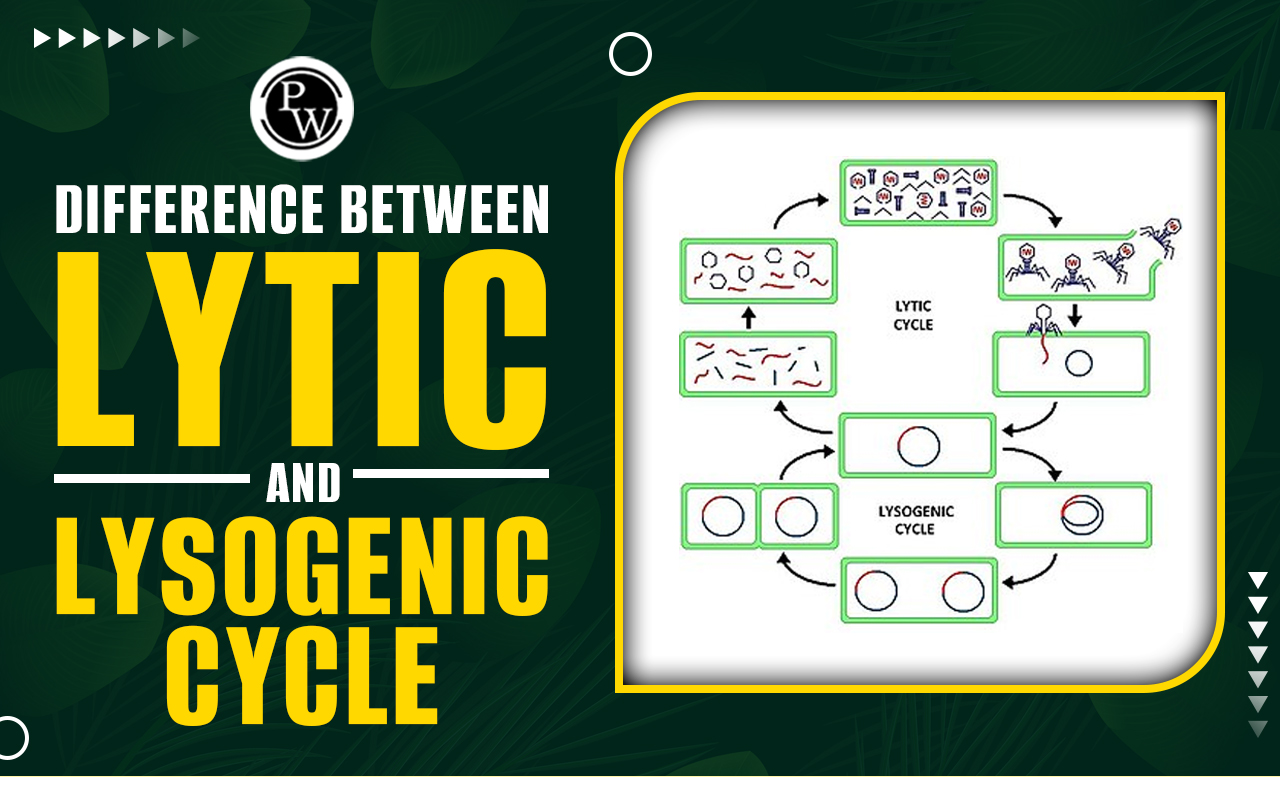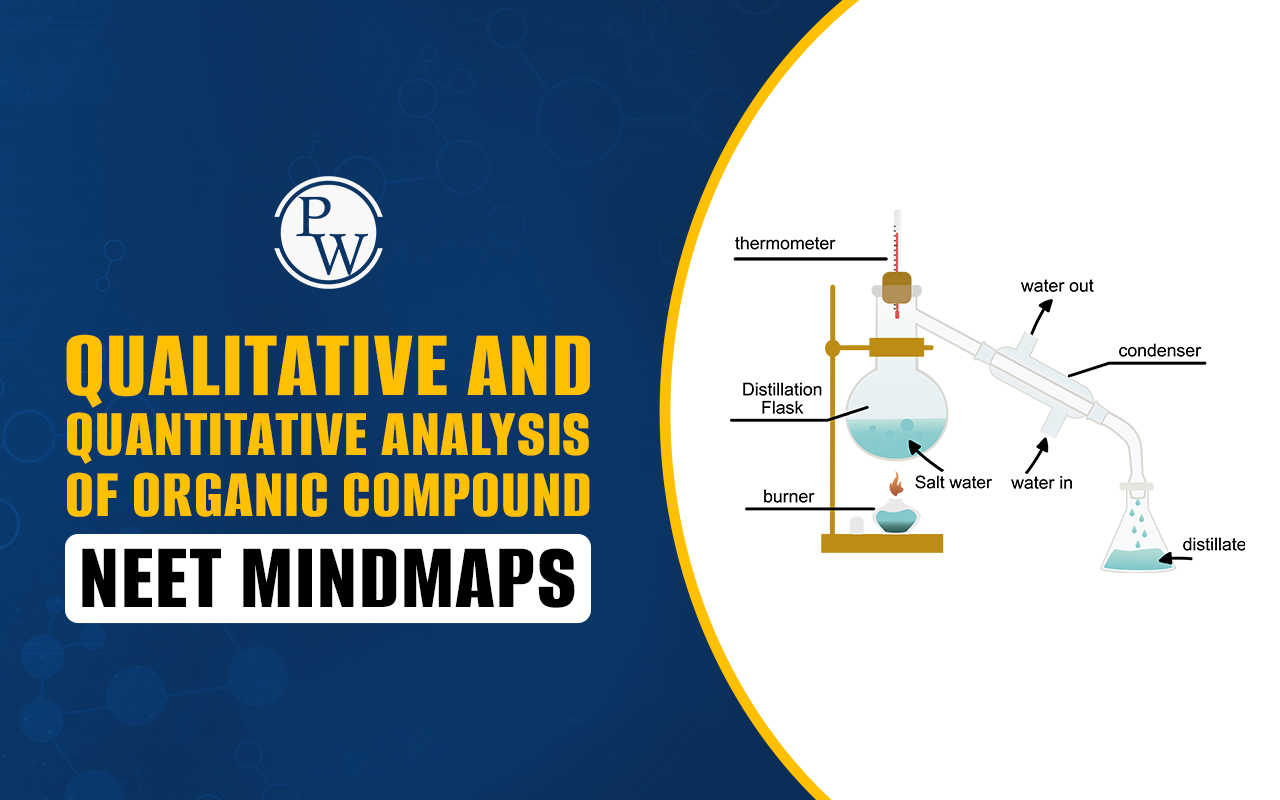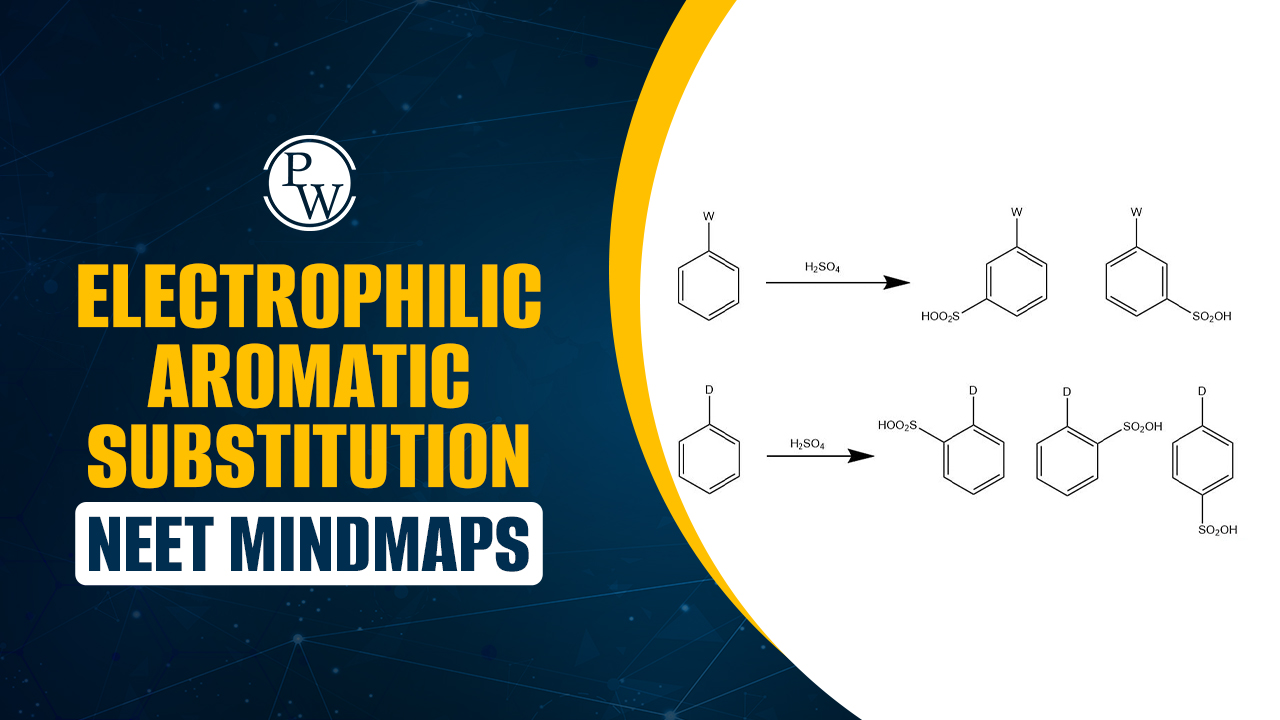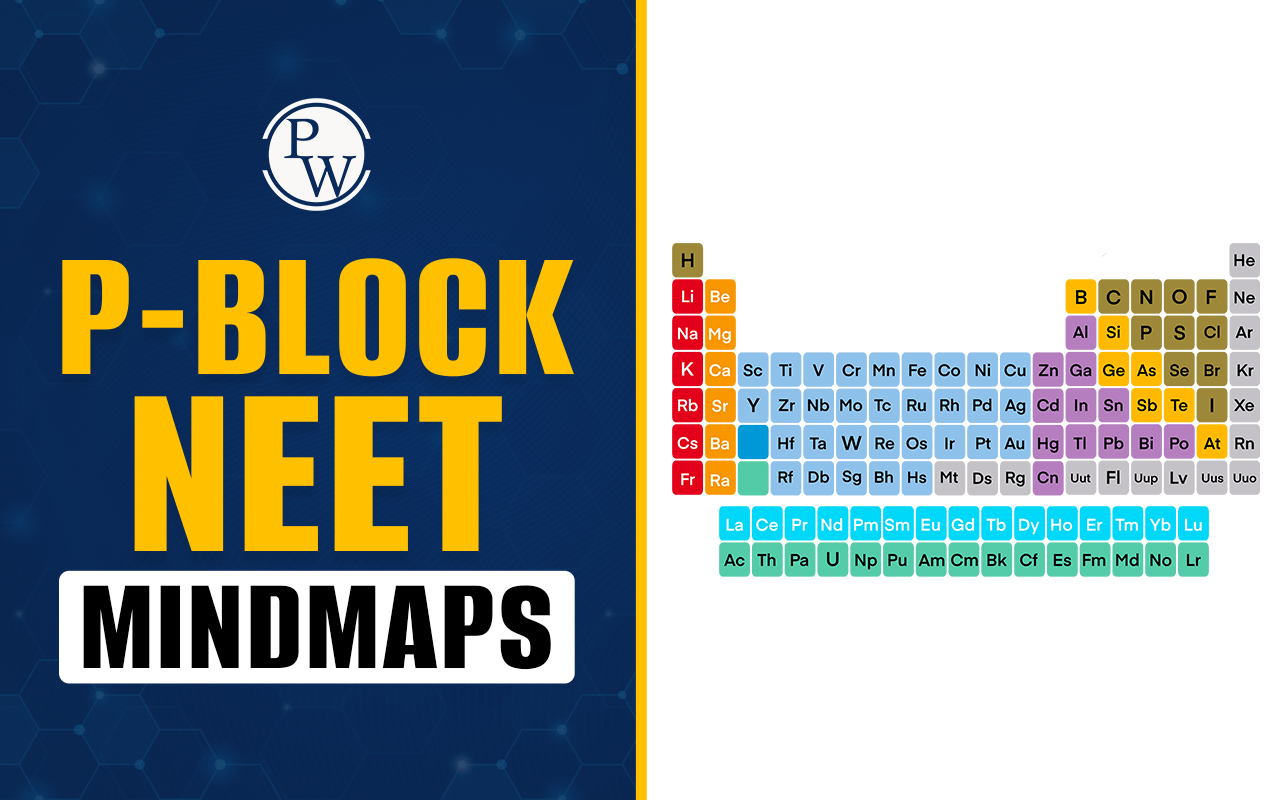

Difference Between Lytic and Lysogenic Cycle: Viruses use the lytic and lysogenic cycles to make more copies of themselves in a host cell. This happens when the virus takes over the cell's machinery. Bacteriophages, which infect bacteria, are great models for studying these cycles. All viruses require host cells to reproduce because they cannot do so independently. They use the cell's machinery to create new viral particles. Bacteriophages replicate in bacterial cytoplasm, whereas most DNA viruses replicate in animal nuclei.
Bacteriophage research provides insight into how viruses affect cells. Some viruses cause immediate cell death (lytic), while others can remain inside the cell (lysogenic). Understanding these cycles is similar to figuring out how viruses behave in the cells they infect. This article will explain the difference between lytic and lysogenic cycle.| NEET Biology Syllabus | NEET Biology Diagrams |
| NEET Biology MCQ | NEET Biology Chapter wise Weightage |
| NEET Biology Notes | NEET Previous Year Question papers |
Difference Between Lytic and Lysogenic Cycle Overview
Viruses have two ways of making copies of themselves inside a host cell – the lytic and lysogenic cycles. These cycles are well understood by studying bacteriophages, like models for understanding how viruses work. To reproduce and do their job, viruses must use the machinery of host cells because they can't do it independently. They take over the host cell and use it to make new virus particles. Bacteriophages do this in the cell's cytoplasm, like its "engine room," especially since bacteria don't have a nucleus.
Different viruses use different strategies. Most DNA viruses replicate within the nucleus of eukaryotic cells, except poxviruses, which do so in the cytoplasm. RNA viruses typically replicate in the cytoplasm of animal cells. Bacteriophage research allows us to understand better how viruses affect the cells they infected. Virulent phages destroy cells by causing them to burst. Temperate phages combine with the host cell's genetic material and quietly replicate until they are activated to produce new viruses. Thus, the lytic and lysogenic cycles are blueprints for how viruses operate within cells. The detailed difference between lytic and lysogenic cycle is given below in this article.
Difference Between Lytic and Lysogenic Cycle
The lytic and lysogenic cycles differ because the former destroys the host cell, whereas the latter does not. The lytic and lysogenic cycles are viral replication processes that can occur simultaneously. During the lytic cycle, viral DNA damages the host cell's DNA, causing the cell to cease to function normally.
However, viral DNA may integrate with host DNA during the lysogenic cycle. A virus is an infectious agent that consists of a nucleic acid molecule enclosed in a protein coat. The difference between lytic and lysogenic cycle are outlined in the table below:
|
Difference Between Lytic and Lysogenic Cycle |
||
|---|---|---|
| Characteristics | Lytic Cycle | Lysogenic Cycle |
| Cell Destruction | The host cell is ruptured, resulting in its demise. | The host cell remains unharmed. |
| Host Cell | Destroyed | Initially survives |
| Replication Time | Swift | May experience variable delays |
| Genetic Material | Remains separate | Integrated into the host DNA |
| Activation Trigger | Not applicable | Environmental stress, etc. |
| Resultant Viruses | Released from the host cell | Stay within the host cell for an extended period |
| Viral Component Release | Released promptly after replication and assembly | Can remain inactive for an extended period |
| Impact on host cell | Inflicts damage and causes the death of the host cell | May bestow new functions or traits to the host cell |
| Environmental Triggers | Not reliant on external factors | Can be activated by environmental stress cues or specific signals |
| Impact on host organism | Can lead to acute infections with a rapid onset of symptoms | May result in latent infections, involving periods of viral activity and dormancy |
| Example | Influenza, the common cold | HIV, herpes virus |
Lytic Cycle
The lytic cycle begins with a virulent phage invading the host cell, causing the production of new phage particles that eventually lead to the host cell's destruction. The T-phage is a good example of how the lytic cycle works.
First Stage: The phage attaches to the host's bacterial surface receptors via specific lipopolysaccharides and the OmpC protein. Most phages have a limited host range, infecting only a specific bacterial species or strain within a species. This recognition capability can be harnessed for targeted treatment in bacterial infections, as seen in phage therapy.
Second Stage: The second stage of the lytic cycle is entry or penetration, characterized by the contraction of the tail sheath, which acts like a hypodermic needle, injecting the viral genome through the cell wall and membrane. The phage head and other components remain external to the bacterial cell.
Third Stage: Proceeding to the third stage, biosynthesis of viral components occurs after the phage enters the virus particle, and viral endonucleases degrade the bacterial chromosome. The phage effectively takes control of the host, orchestrating the replication, transcription, and translation of all viral components necessary to assemble new viruses.
Fourth Stage: The fourth stage involves maturation, generating new virions. This is followed by the final stage, in which the mature viruses are released. The fully developed viruses initiate a process known as lysis, causing the host cell to burst, and the progeny viruses are then liberated into the environment, poised to infect new host cells.
Lysogenic Cycle
During the lysogenic cycle, attachment and penetration processes enable the phage genome to enter the host cell. An example of a phage with this life cycle is the lambda phage. In contrast to the lytic cycle, which results in host cell death, the lysogenic cycle integrates the phage genome, called a prophage, into the bacterial chromosome. The bacterium carrying the prophage is known as a lysogen.
The overall process of a temperate phage infecting a bacterium is referred to as lysogeny. As the bacterium replicates its chromosome, the phage's DNA is replicated and transmitted to new daughter cells during bacterial reproduction. The presence of the phage may alter the bacterium's phenotype, as the phage can introduce additional genes, such as toxin genes, that enhance bacterial virulence. This change in the host phenotype is known as lysogenic or phage conversion.
Certain bacteria, like Vibrio cholerae and Clostridium botulinum, exhibit reduced virulence without the prophage. Throughout the lysogenic cycle, the prophage remains in the host chromosome until induction occurs, leading to the excision of the viral genome from the host chromosome. After induction, the temperate phage can enter a lytic cycle and subsequently undergo lysogeny again in a newly infected cell.
Physics Wallah provides the NEET Online Coaching and aims to provide the best possible preparation for the prestigious and challenging NEET (National Eligibility cum Entrance Test) medical exam. The NEET online coaching aims to provide students with highly experienced and knowledgeable teachers who specialize in the subjects required for the NEET exam , namely physics, chemistry, and biology.
Difference Between Lytic and Lysogenic Cycle FAQs
What is the Difference Between Lytic and Lysogenic Cycle?
Which is faster, lytic or lysogenic?
What characterizes the lysogenic cycle?
How long does the lysogenic cycle last?
Is influenza a lytic or lysogenic virus?












